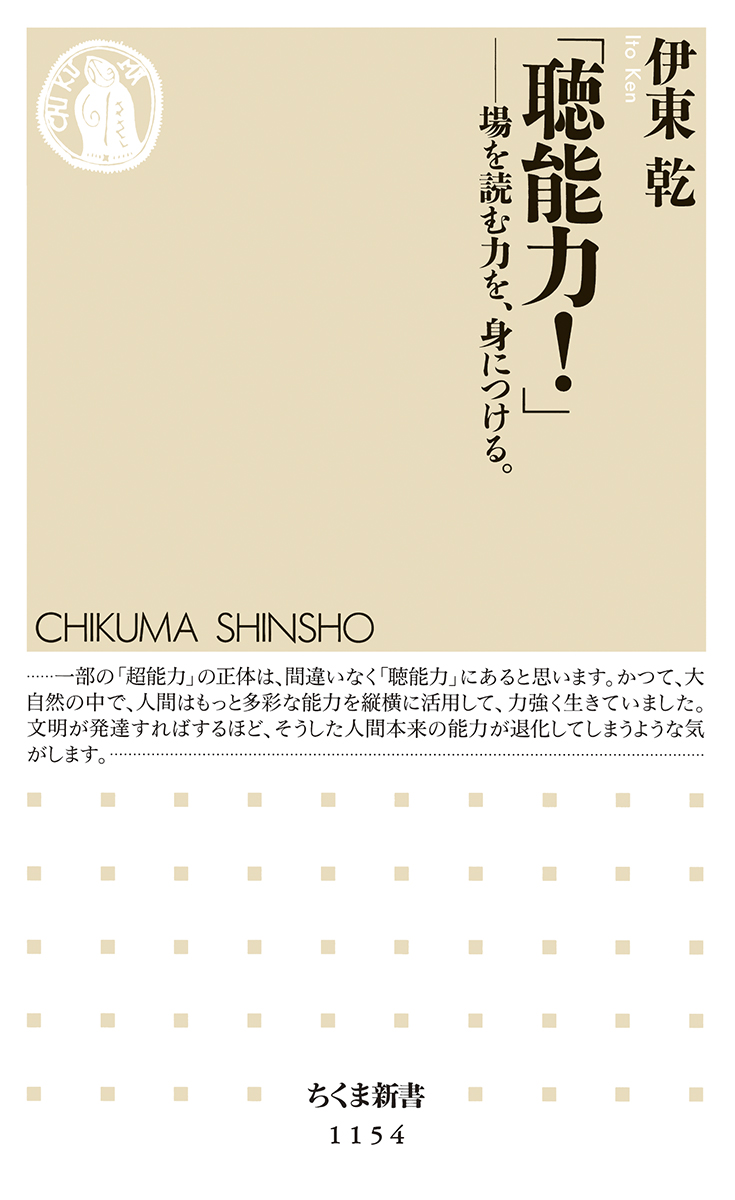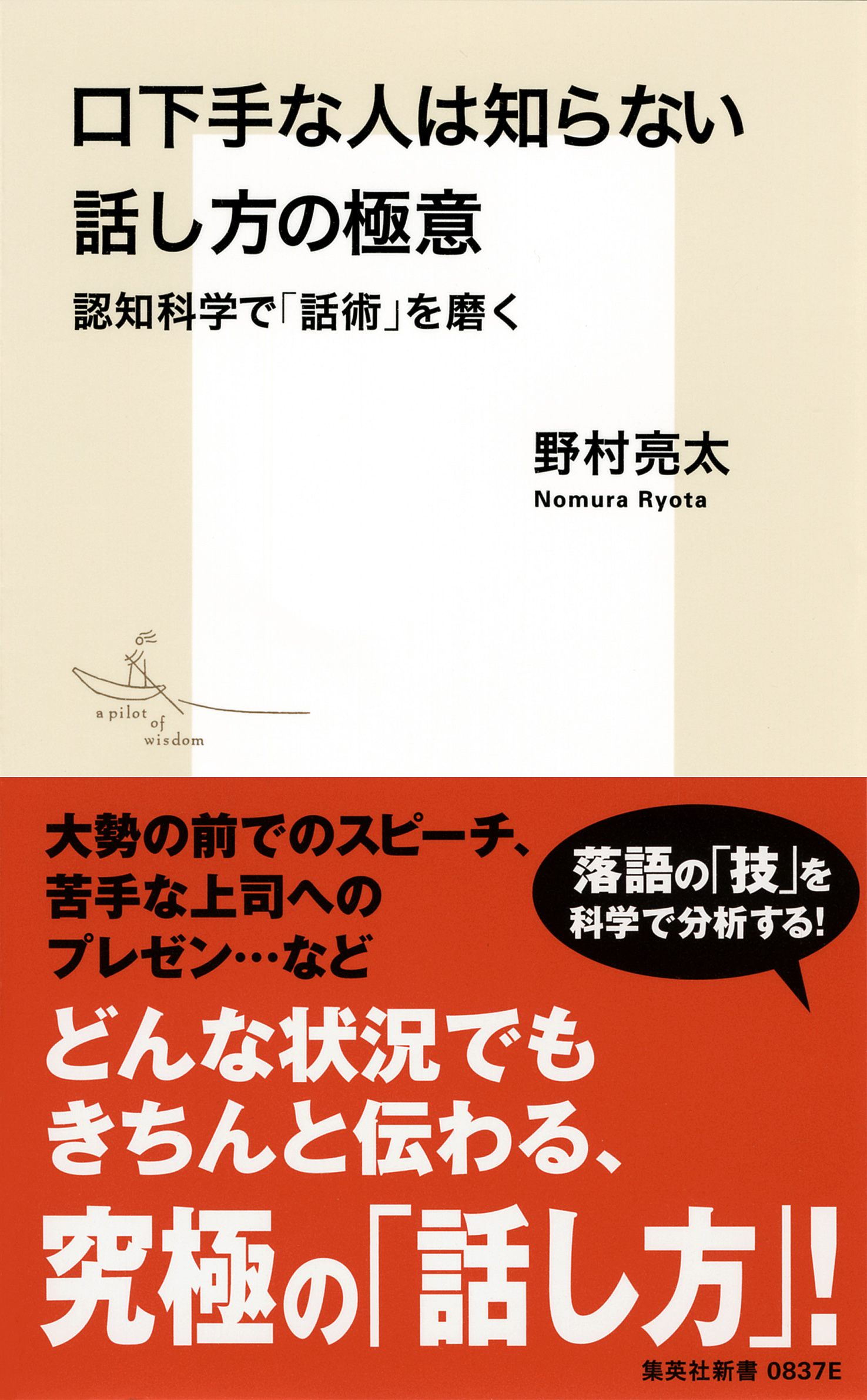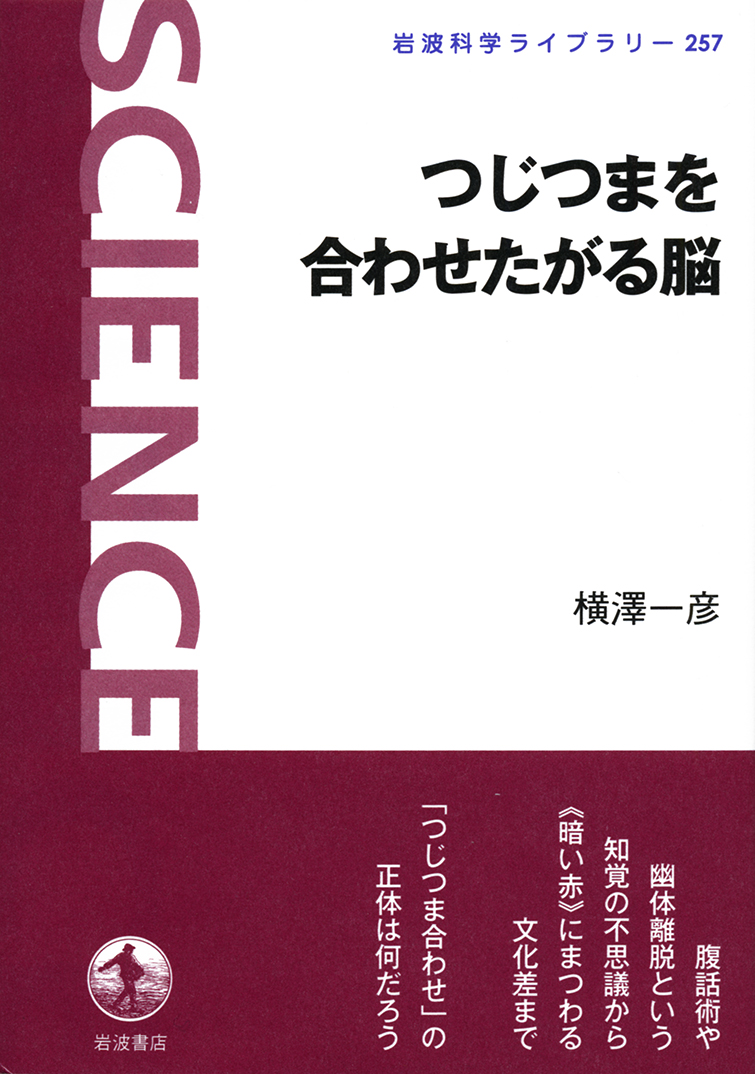
Title
Cho-No-Ryoku! (OTO-POTENTIALS = Auditory Super Possibilities)
Size
224 pages, paperback pocket edition
Language
Japanese
Released
November 05, 2015
ISBN
978-4-480-06853-8
Published by
Chikumashobo
Book Info
See Book Availability at Library
Japanese Page
This is a book on the fundamentals of music, authored by a musician --- a composer-conductor --- who has also studied physical science and holds a degree in brain cognitive studies for fundamentals of music and ethical views on mass-media-art... after the view point of WW2 and Auschwitz; Theodor Adorno had asked, “Can there be poetry after Auschwitz?”
Ken ITO (1965-) is a Japanese composer and orchestra-opera conductor who studied under Teizo Matsumura, Yoritsune Matsudaira, Jo Kondo, and Yuji Takahashi. He participated in the first Pacific Music Festival under Leonard Bernstein, in the Lucerne Festival Academy under Pierre Boulez, and received several prizes and awards judged by G. Ligeti, L. Berio, J. Yuasa, and other pioneers. In 1995, he conducted the world’s first performance of “The Tale of Genji” by Yoritsune Matsudaira and on the 1998 posthumous work of John Cage, “OCEAN,” with the Merce Cunningham Dance Company. He solved A. Schoenberg’s three questions re-defined by Boulez–Sprechgesang, Klangfarbenmelodie and serial polyphony” through the use of physical and physiological methods, and on 99 organized Division of Composition and Conducting, Interfaculty Initiative in Information Studies, The University of Tokyo.
This book OTOPOIESIS = Auditory Potentials is an application of musical corporeal techniques --- mostly solfège --- in everyday lives. Fast reading is a typical example. From an evolutionary perspective, we can recognize “auditory abilities” in the “self locating sensation” of planktons; “lateral lines” of fishes; and primates’ night-vision support system in jungles or bushes, all of which have resulted from the harsh competition of the struggle for existence.
Musical art cannot be confined to any narrow categorization of academics, such as humanities, social science, natural science, technology, or medicine. The author cordially hopes that potential readers will be able to forget boring categorization and enjoy the wealth of musical techniques and their backgrounds in the book.
The most important page in this book is 213, which describes how my best friend at the department of physics, Toru Toyota, became involved in the crime of a religious cult “AUM supreme truth” that abuses audio-visual media mind controlling. He released a poisonous gas – sarin – inside a subway train, was captured, and was finally sentenced to death by hanging in 2010. After that, I was allowed to meet him freely, and for the past seven years, I have often visited him at Kosuge Tokyo Jail from the Hongo Campus. I would be greatly relieved if this book plays even a minor part in preventing potential crime of media mind control and rescuing a possible victim.
(Written by Ken Ito, , Interfaculty Initiative in Information Studies / 2018)



 Find a book
Find a book



